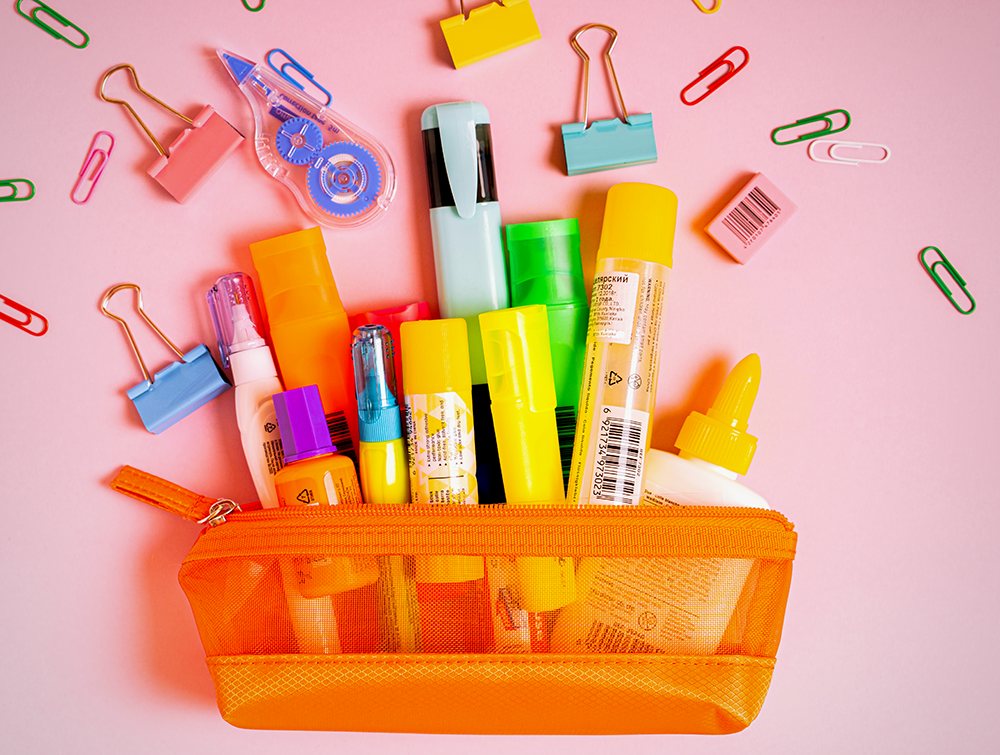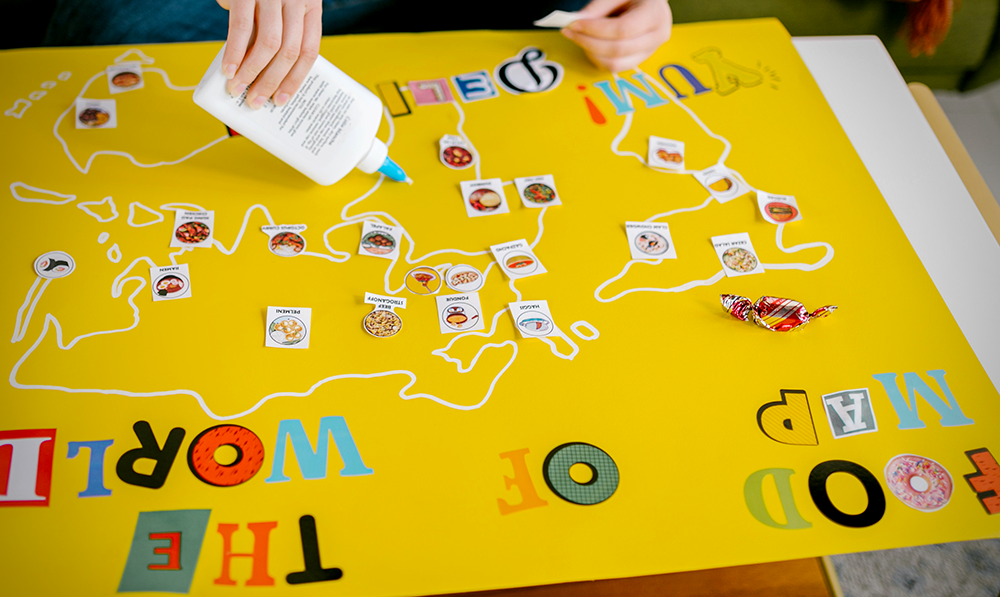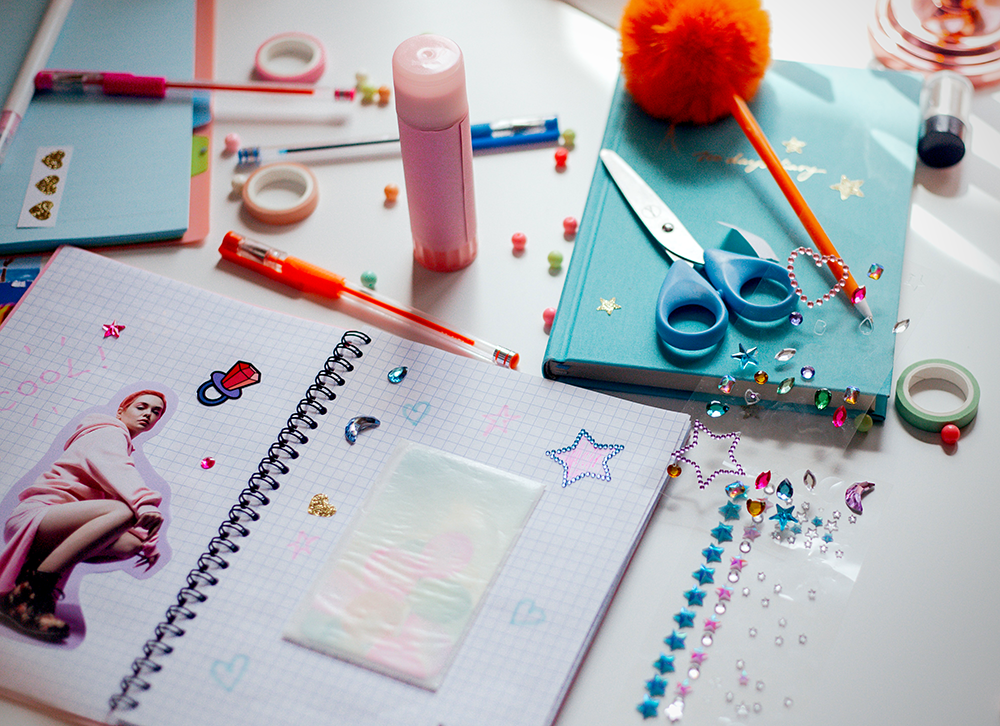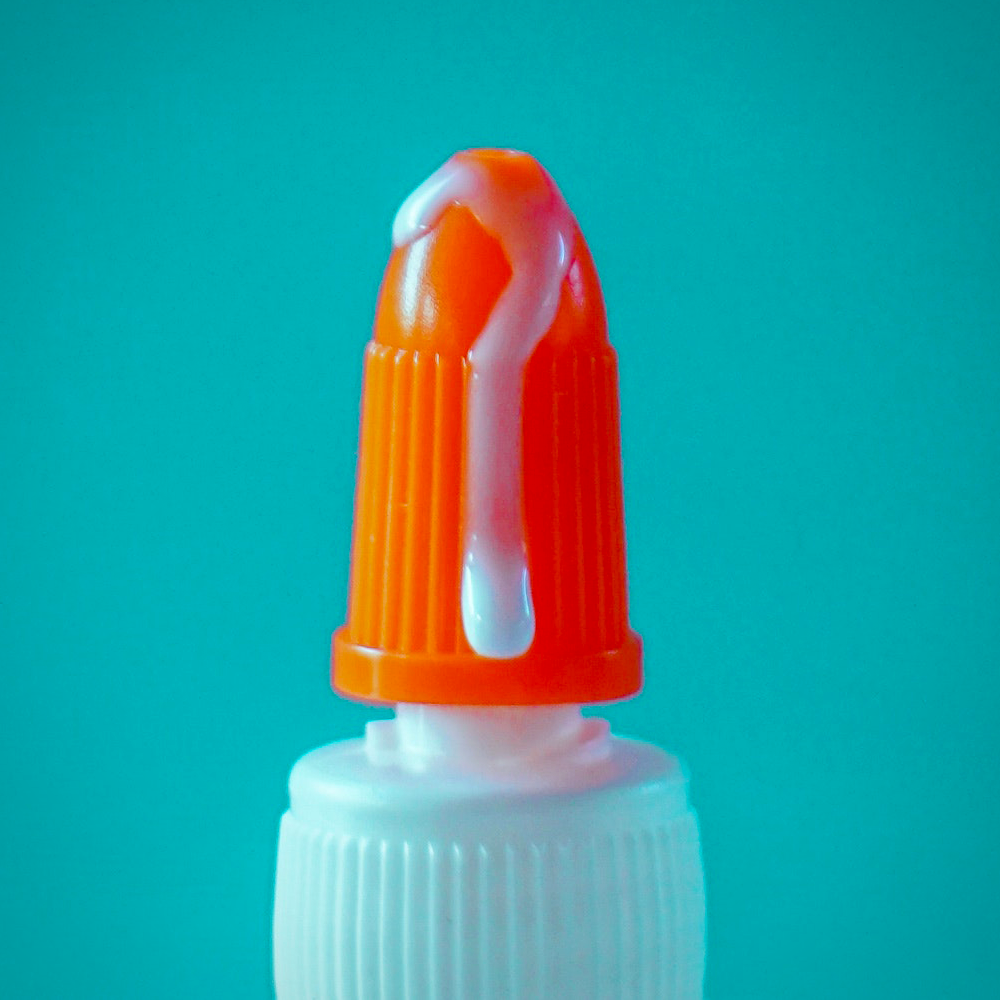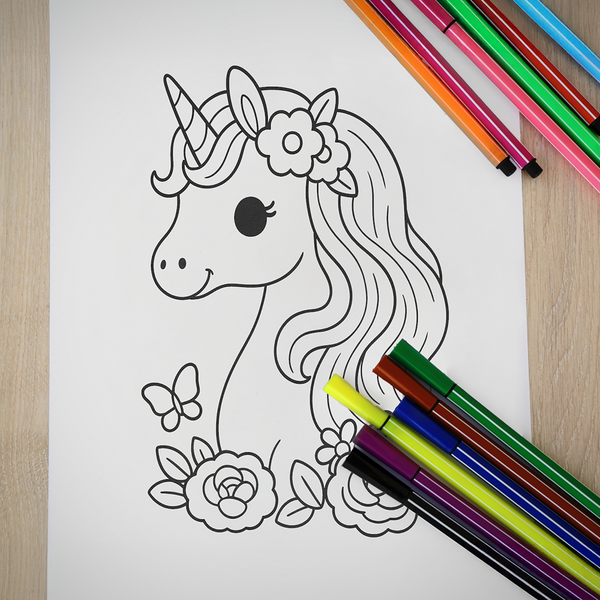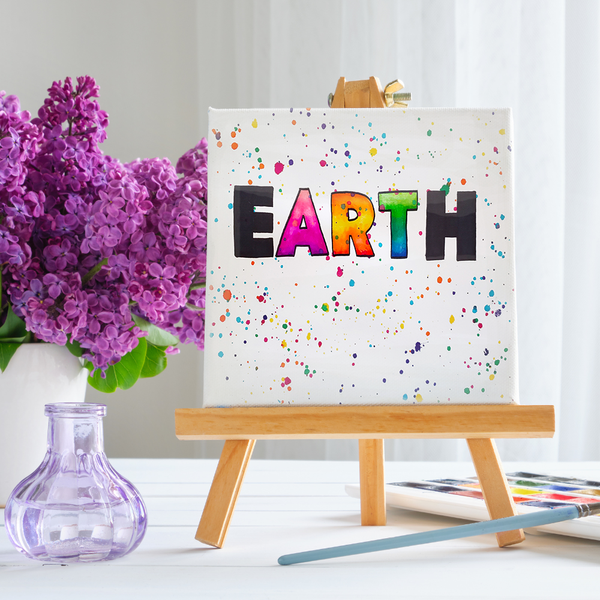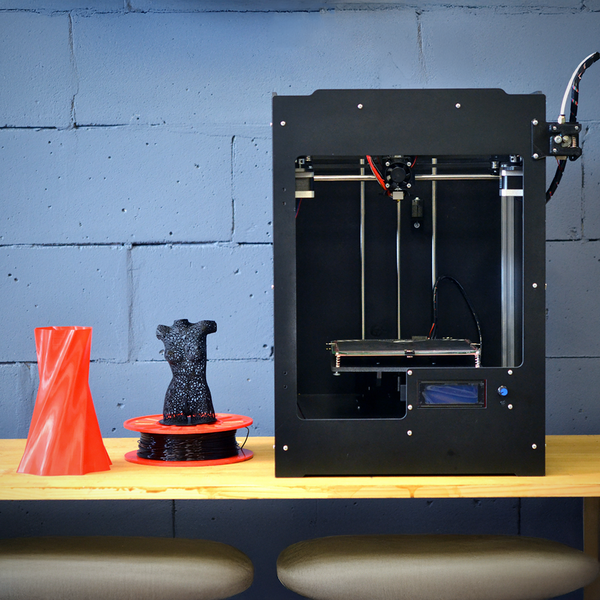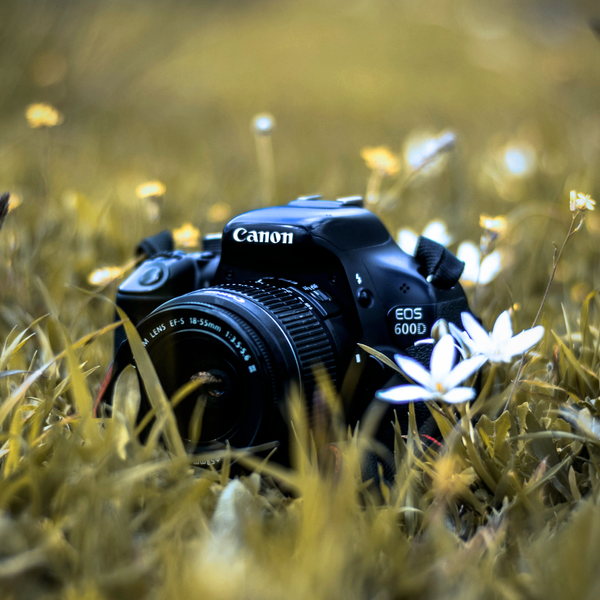As an artist, you probably have a lot of different types of materials lying around.
And, if you're anything like me, you're always looking for new ways to incorporate those materials into your art.
There are a few different types of glue, each with their own advantages and disadvantages.
In this blog post, we'll take a look at four different types of glue and when you should use each one.
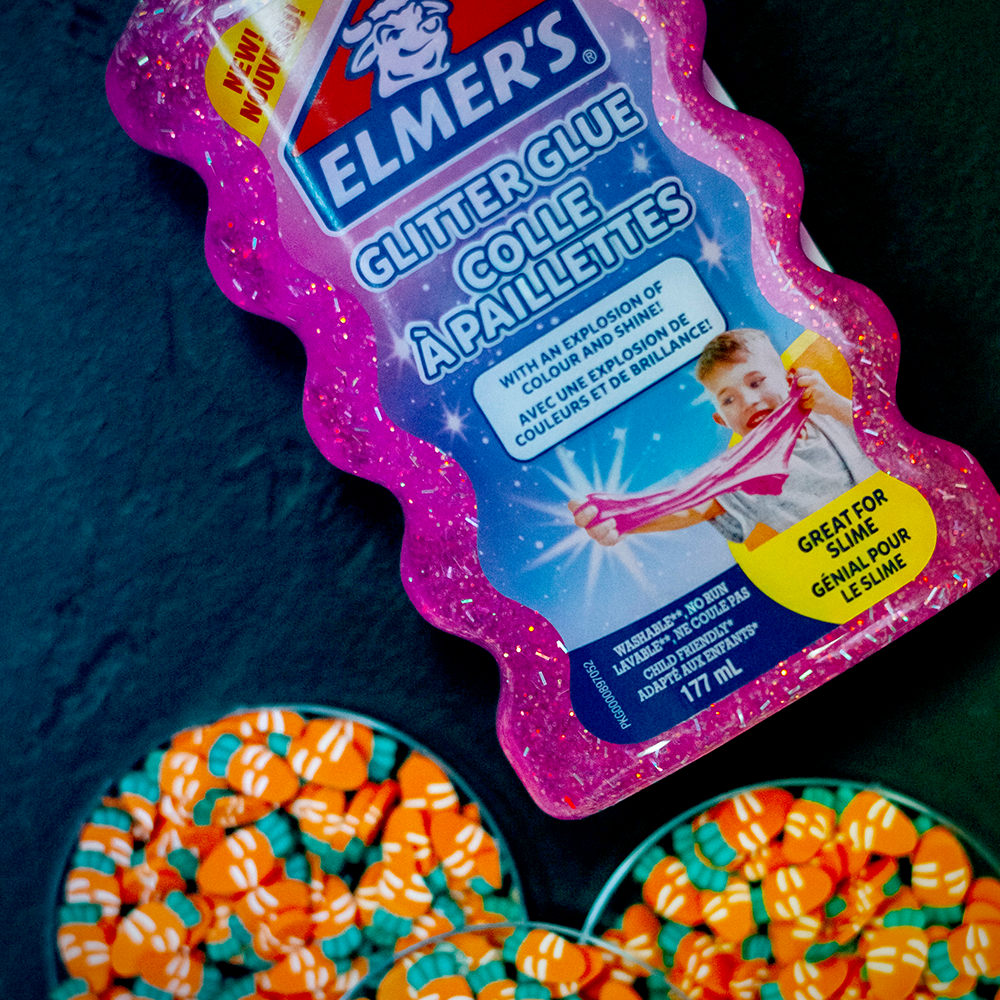
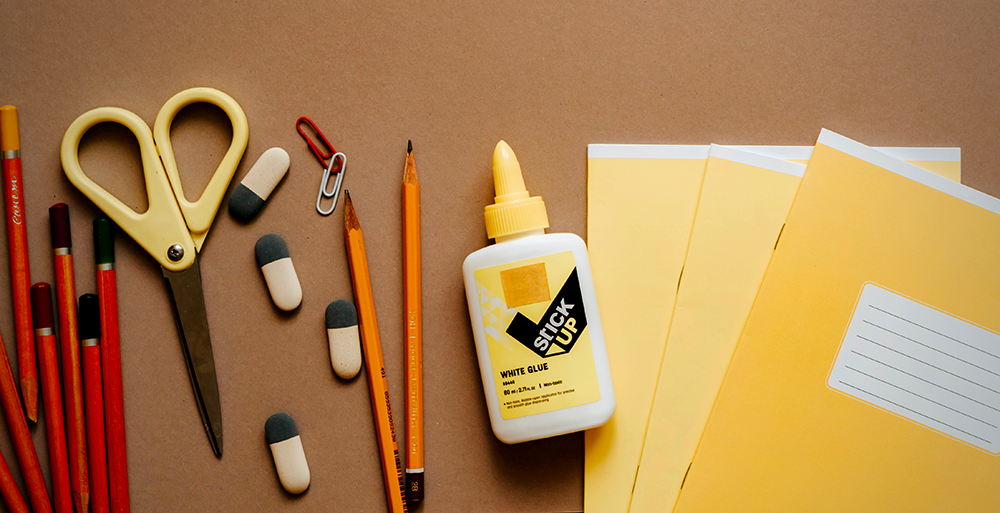
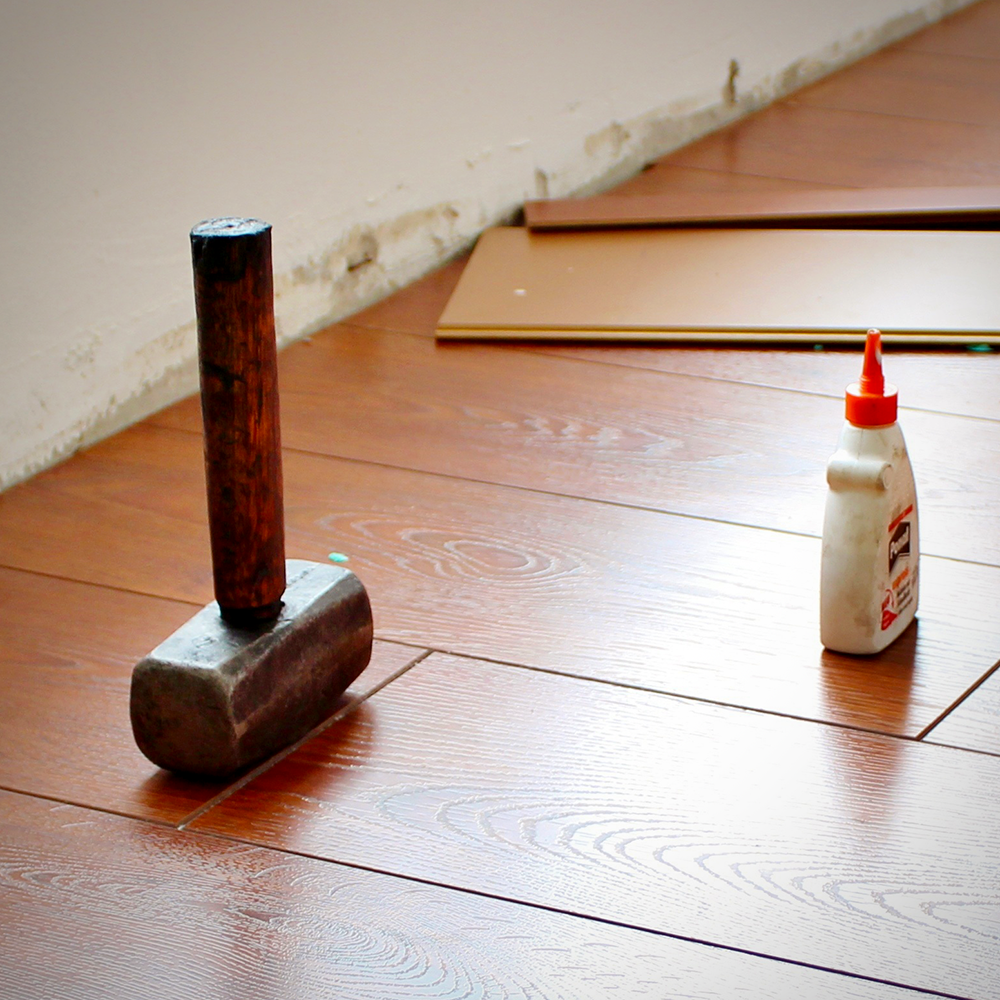
What is Glue?
Before we get into the different types of glue, let's first define what glue is.
Glue is a material that adheres two surfaces together.
It's made up of a polymer, which is a long chain of molecules, and a solvent, which helps to break down the polymer and make it easier to spread.
Glue has a long history, ranging from hide glue to modern super glues and wood glues.
The some common types of glue are white glue, rubber cement, polyurethane glue, and spray glue adhesive.
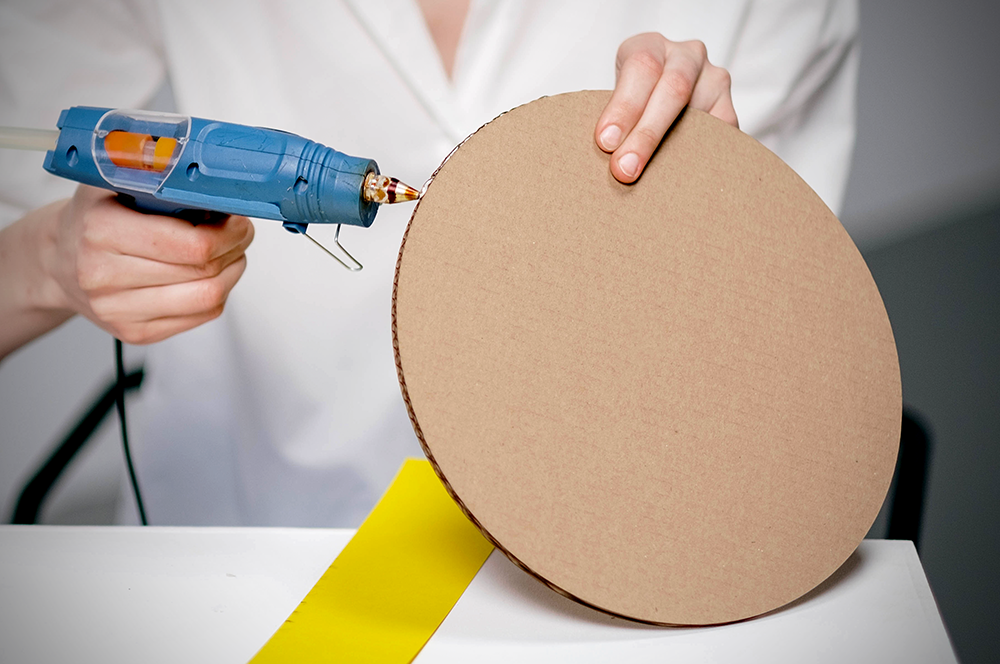
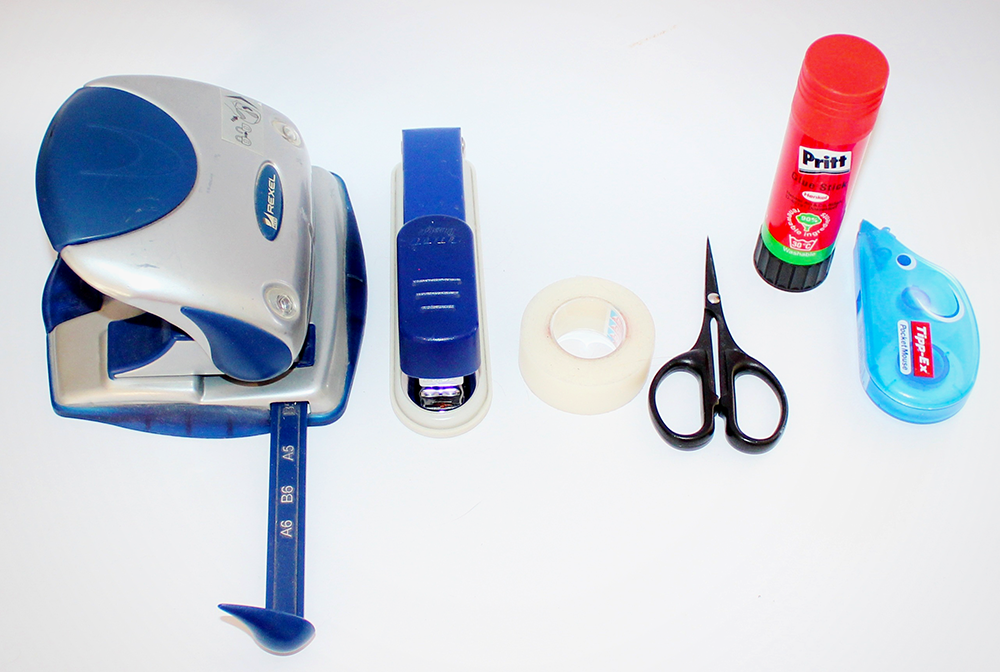

White Glue
White glue is the most common type of craft glue, and you're probably well familiar with Elmer's glue.
It's also an incredibly versatile glue.
It can be used on a variety of materials, including paper, wood, fabric, and ceramic.
You can even use it to make slime!
White glue dries clear, so it's perfect for projects where you don't want the glue to show.
Plus, this glue is non-toxic, so it's safe for both adults and children to use.
You can also mix in colors and glitter to create glitter glue or buy some from the store.
The main disadvantage of white glue is that it takes a long time to dry.
Depending on the temperature and humidity, it can take anywhere from several hours to a day for the glue to completely dry.
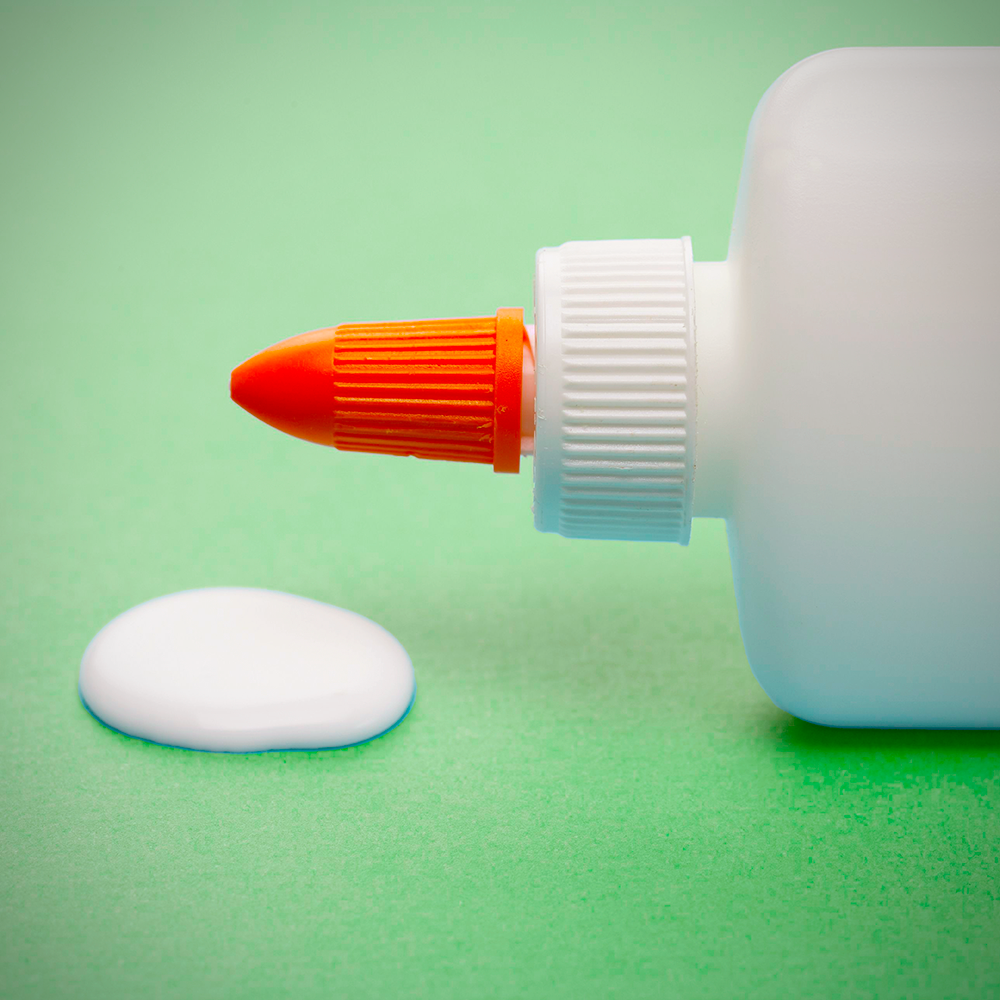
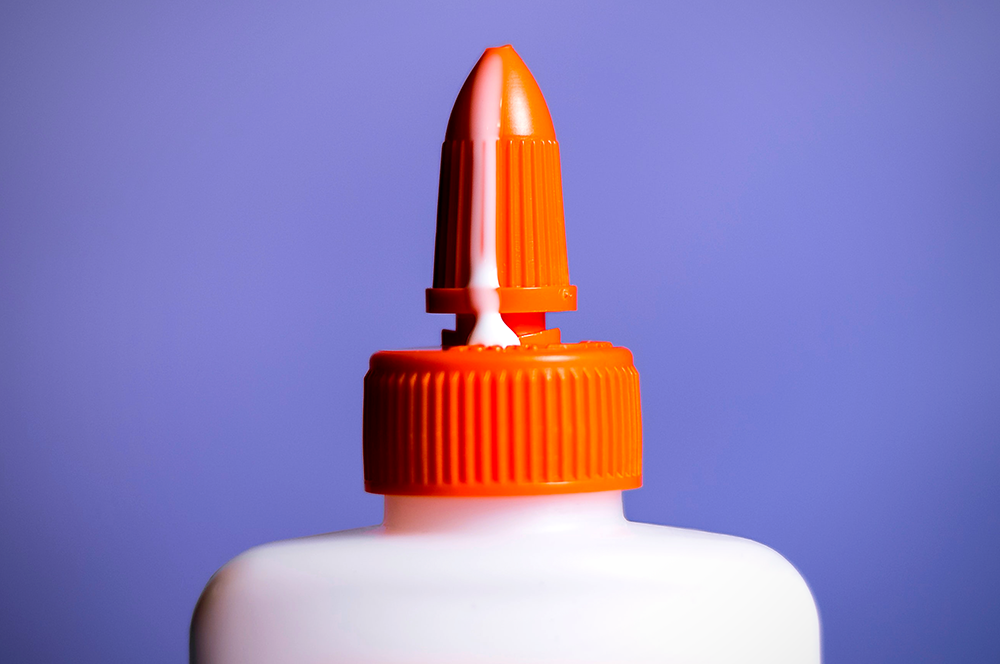
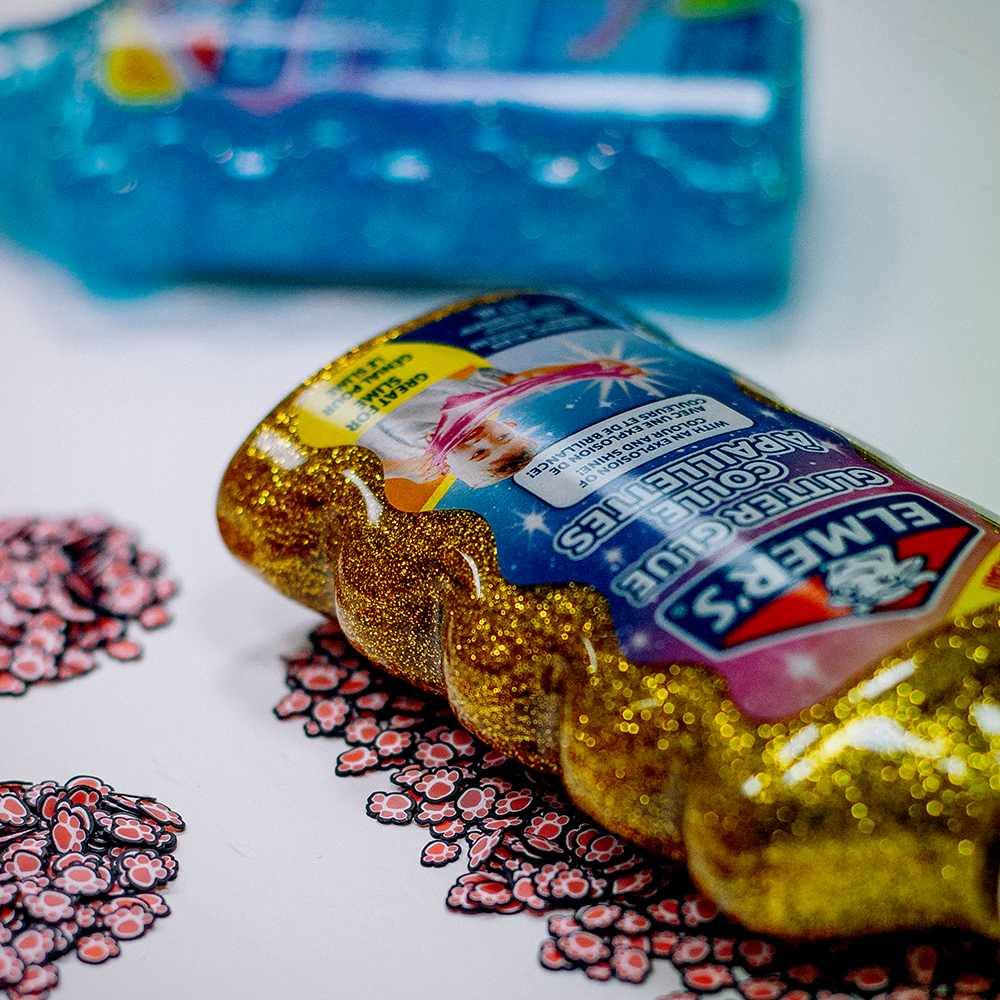
Glue Stick
Glue sticks are a type of white glue that comes in a solid form.
They're perfect for projects where you need a lot of glue, but you don't want the glue to show.
Plus, they're much easier to use than liquid white glue.
To use a glue stick, simply apply it to the surface you're trying to adhere and then press the two surfaces together.
The main disadvantage of glue sticks is that they don't work well on porous surfaces, like paper.
They also have a tendency to clump, so it's important to store them properly.
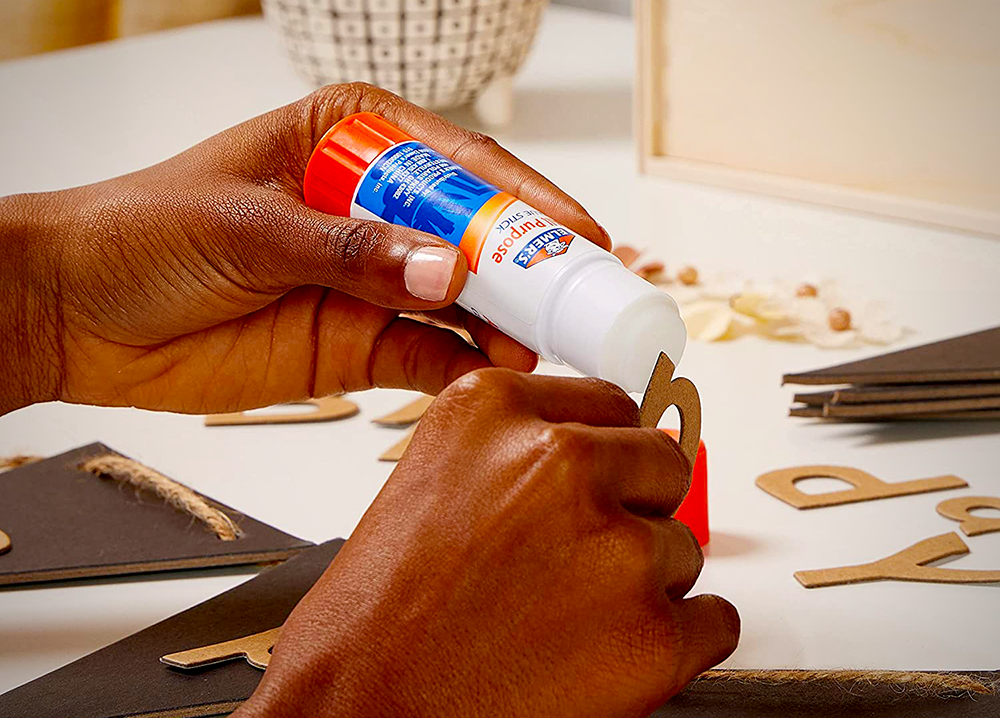
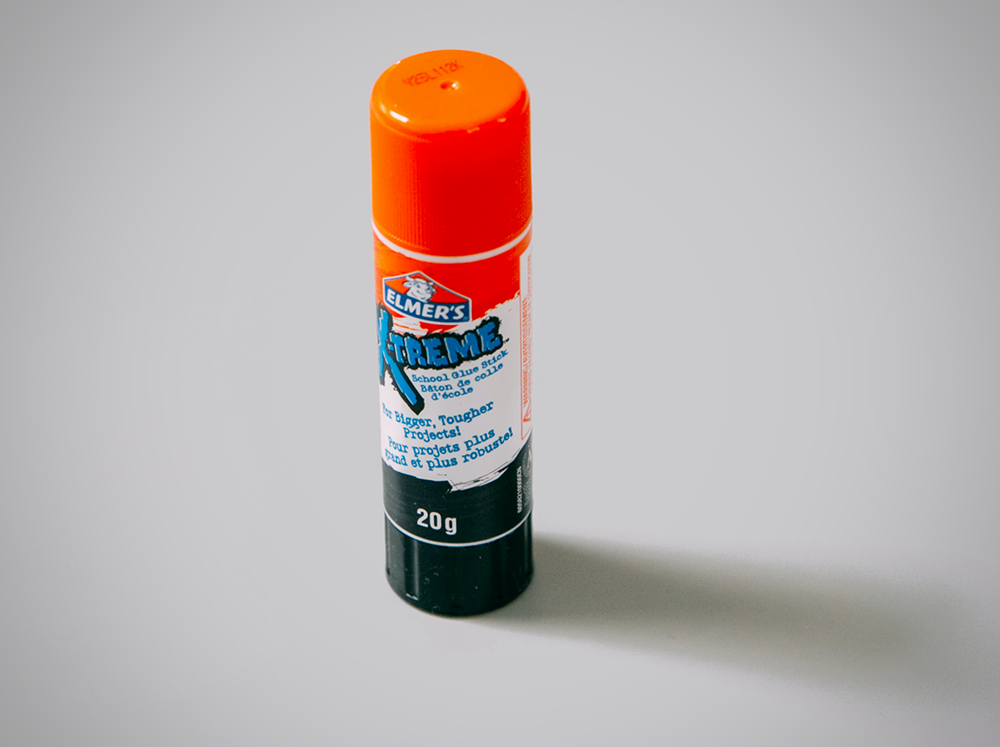
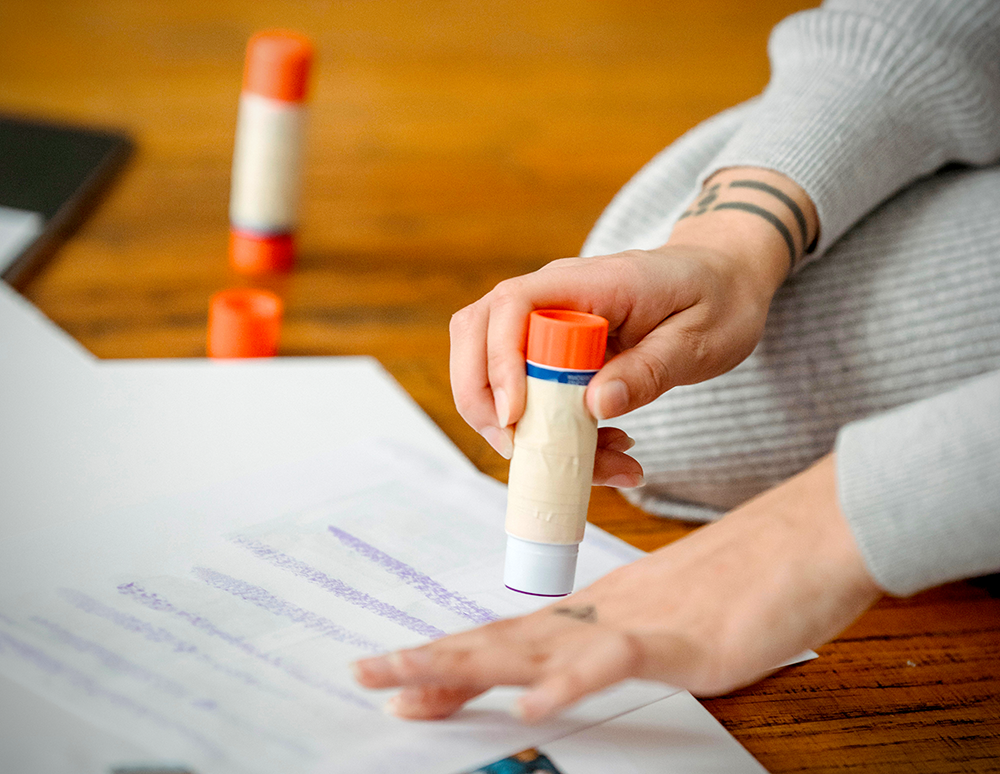
Hot Glue
A hot glue gun is perfect for projects that require a quick-drying adhesive.
It's also great for bonding difficult-to-glue materials, like metal and glass.
Hot glue dries almost instantly, so you won't have to wait around for it to dry before moving on to the next step in your project.
The main disadvantage of hot glue is that it's not as strong as other types of glue.
It's also not very forgiving, so if you make a mistake, it can be difficult to fix.
Plus, hot glue is quite messy, so it's not the best option for projects that require a clean finish.
Most importantly, be careful when using hot glue—the high temperatures can easily burn your skin!
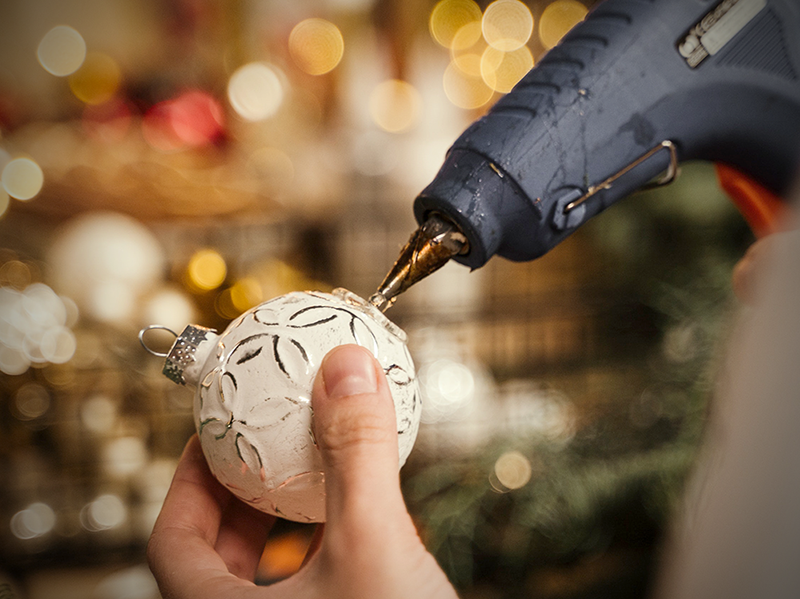
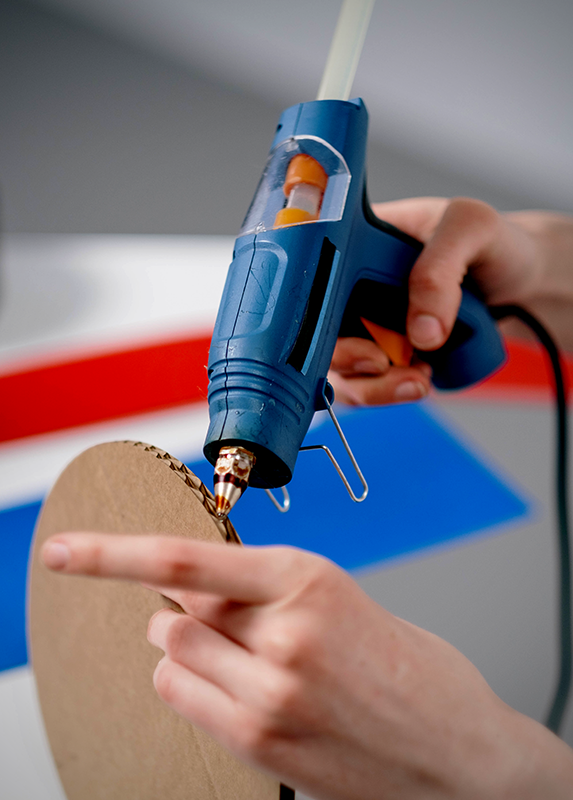
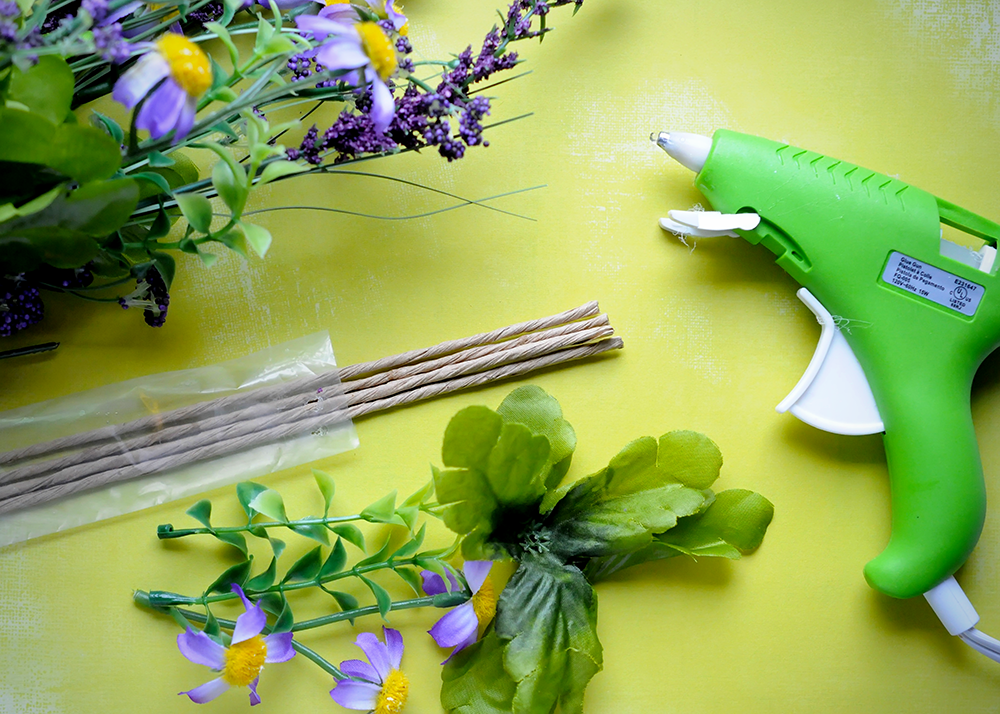
Rubber Cement
Rubber cement is a type of adhesive that is often used in arts and crafts projects.
It's perfect for bonding paper, cardboard, and fabric.
Rubber cement is also repositionable, so you can move your project around until you get it just right.
The main disadvantage of rubber cement is that it's very smelly.
It's also quite messy, so it's not the best option for projects that require a clean finish.
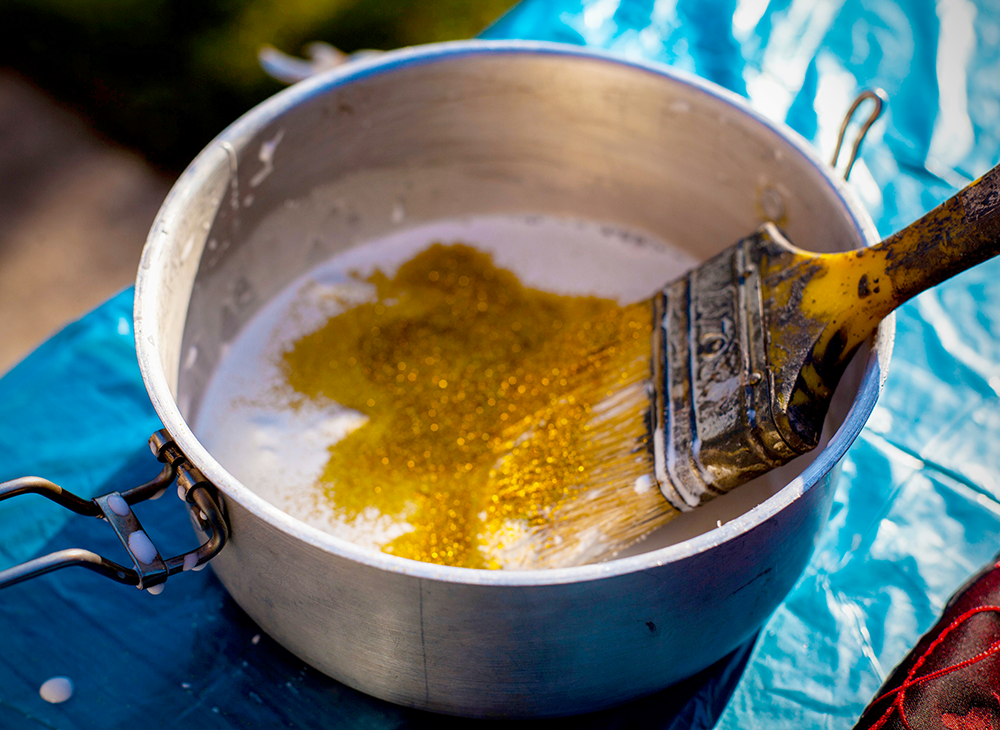
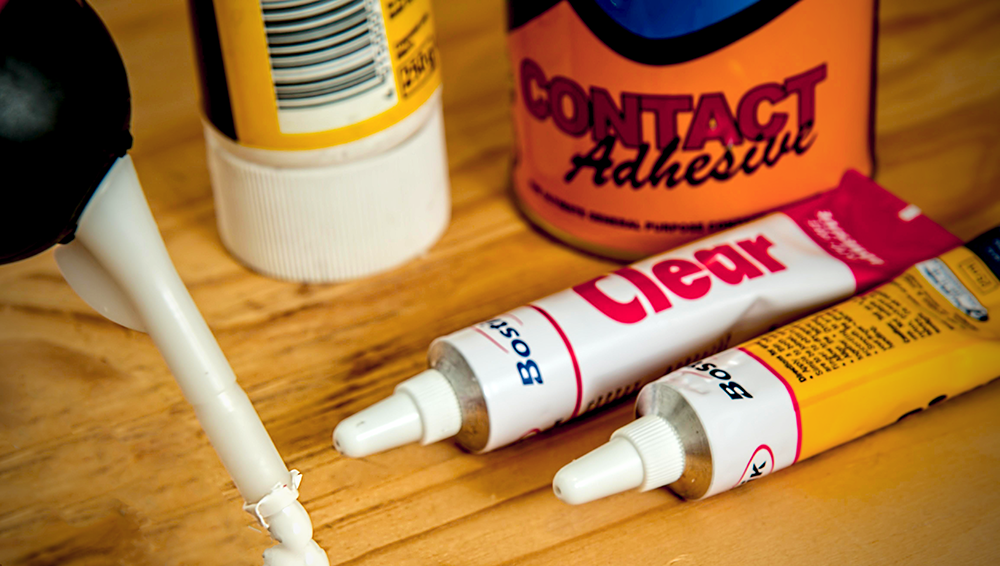
Spray Adhesive
Spray adhesives are great for large projects like posters and murals.
This glue is quick and easy to use, and it provides a strong hold.
Just be sure to use it in a well-ventilated area—the fumes can be pretty overwhelming!
The main disadvantage of spray adhesive is that it's not very forgiving.
If you make a mistake, it can be difficult to fix.
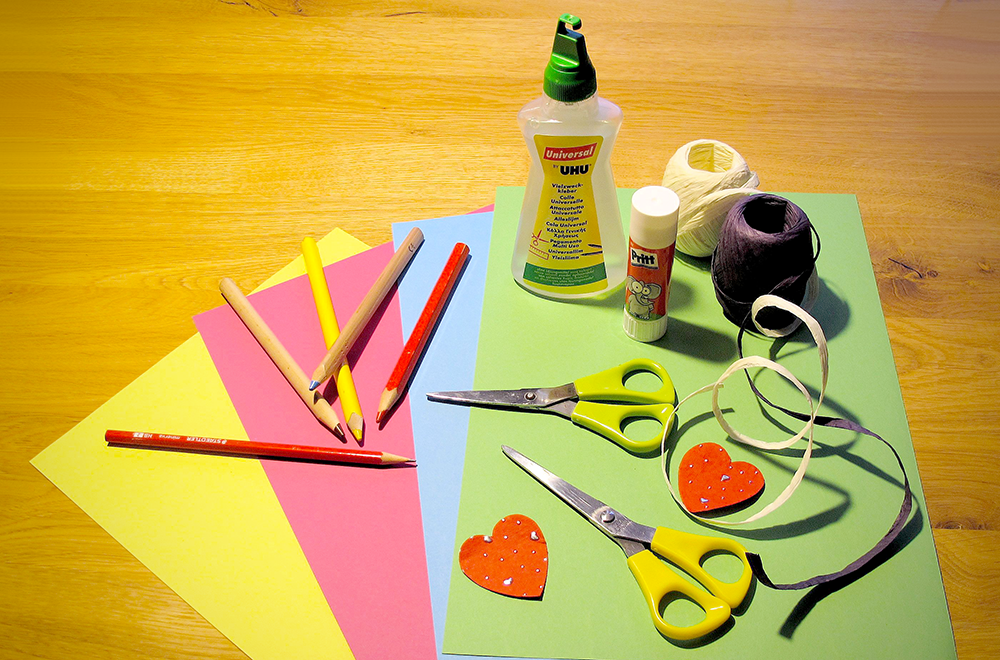
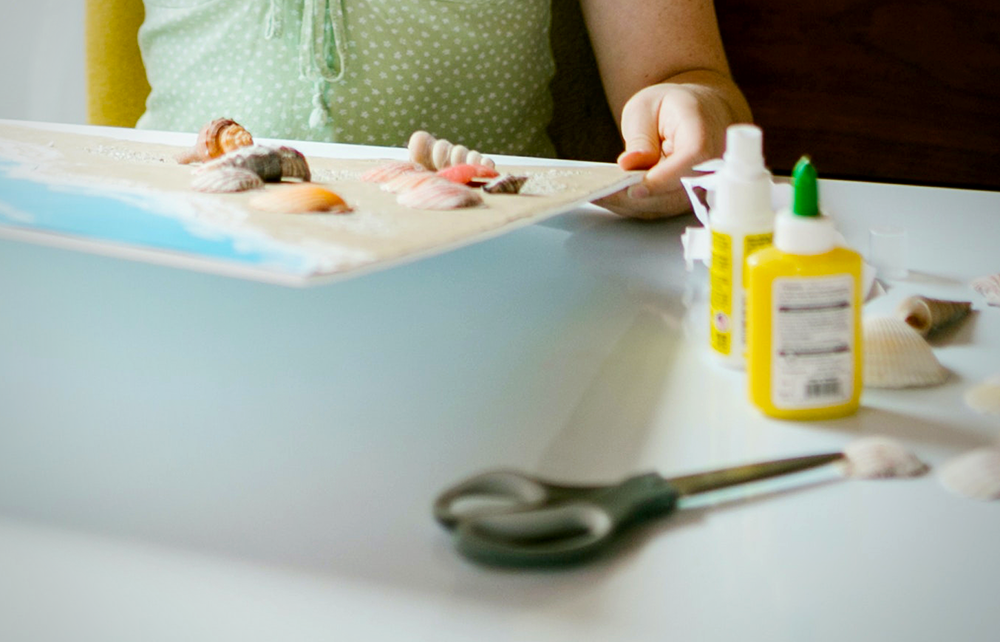
Super Glue
Also known as cyanoacrylate glue, super glue is one of the strongest adhesives available and dries very quickly.
Cyanoacrylate adhesives are perfect for bonding difficult-to-glue materials like metal and glass as well as joining small pieces, like beads and buttons.
Examples include Krazy Glue, Gorilla Glue, and Loctite.
The main disadvantage of super glue is that it's not very forgiving.
If you make a mistake, it can be difficult to fix.
Plus, super glue can be quite messy, so it's not the best option for projects that require a clean finish.
Most importantly, be careful when using super glue—the fumes can be harmful if inhaled, and the glue can easily bond your skin to whatever surface it comes into contact with.
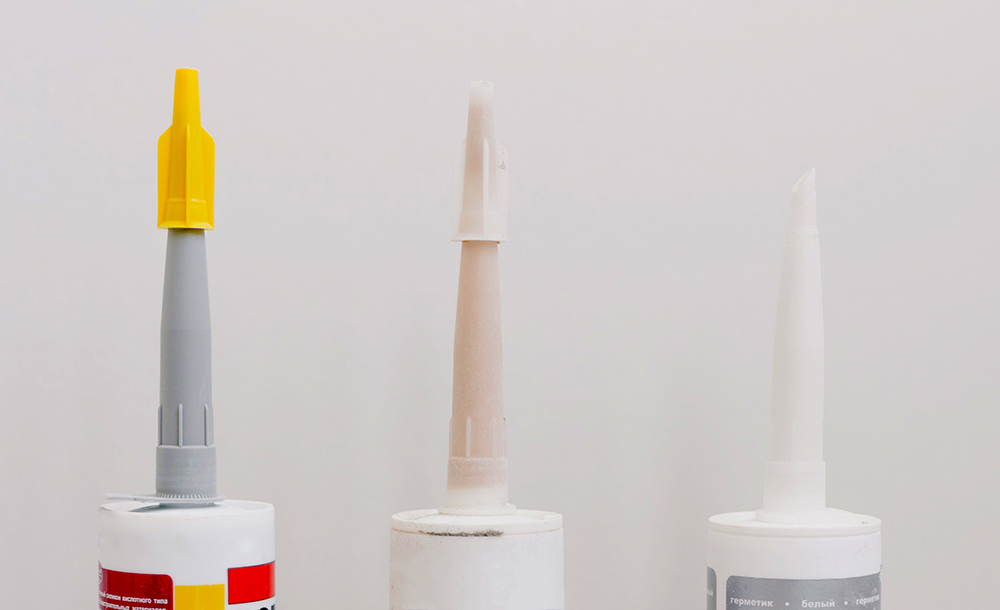
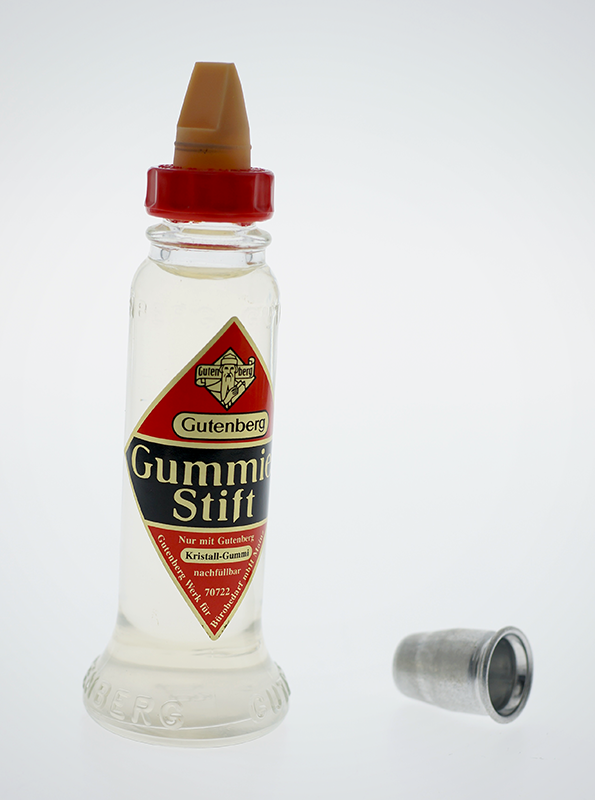
Specialty Glues
There are also a few specialty glues that you may need for specific projects.
For example, there's wood glue, which is specifically designed for bonding wood.
Then there's epoxy glue, which is a strong adhesive that can be used on metal, glass, and plastic.
Ceramic glue is another option for projects that involve ceramic materials.
Resin is a type of glue that is often used in jewelry making.
It's clear, so it can be used to create a variety of different effects.
Additionally, there's fabric glue, which is perfect for bonding fabric to other surfaces.
So, now that you know a little bit more about the different types of glue, you can decide which one is best for your project.

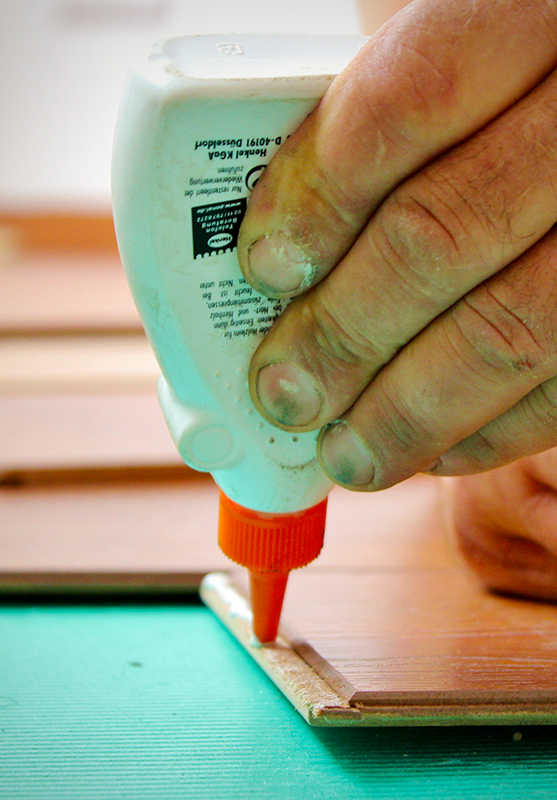
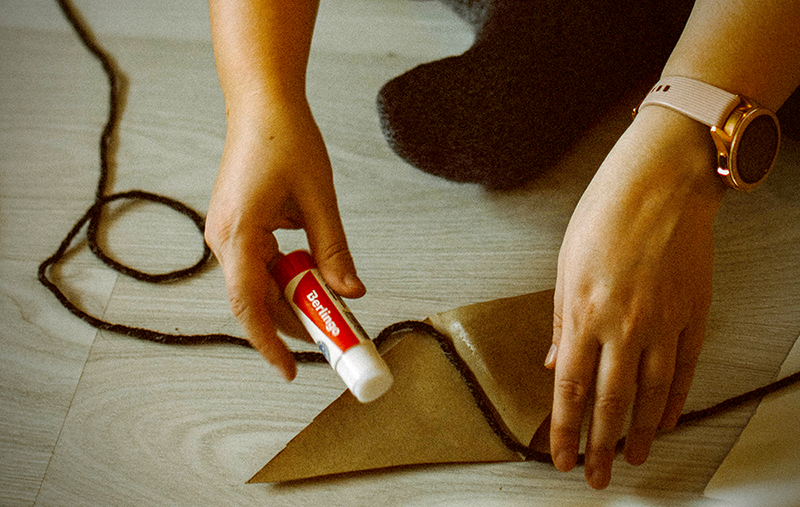
Choosing the Right Glue
There you have it—a quick overview of some of the most common types of glue.
Now that you know a little bit more about each type of glue, you can decide which one is best for your project.
Just keep in mind that each type of glue has its own unique advantages and disadvantages.
So, be sure to choose the right glue for the job!
Add some glue to your arsenal and get creative!
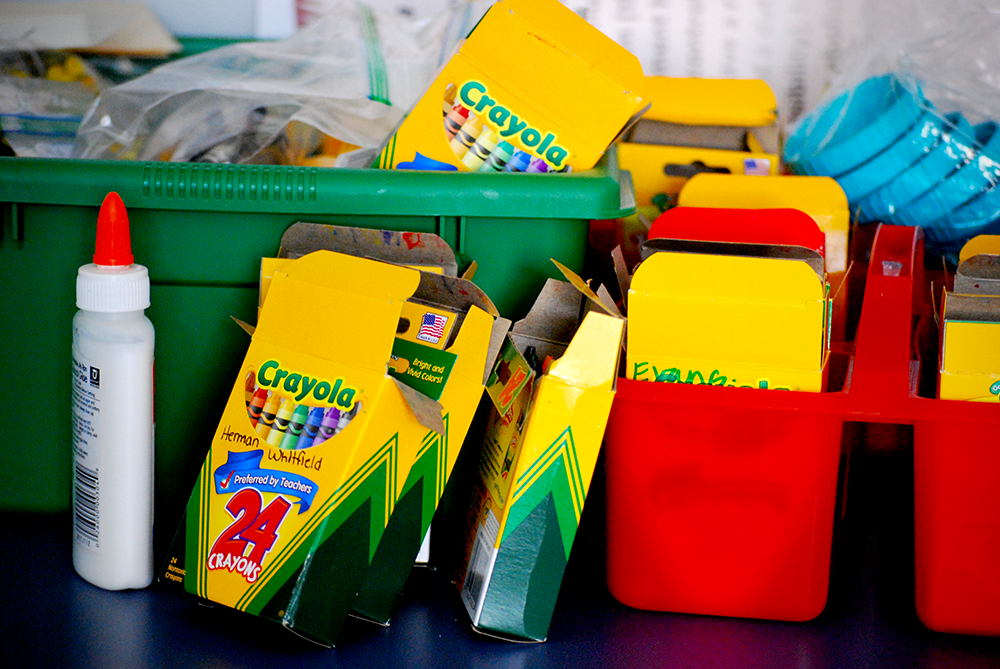
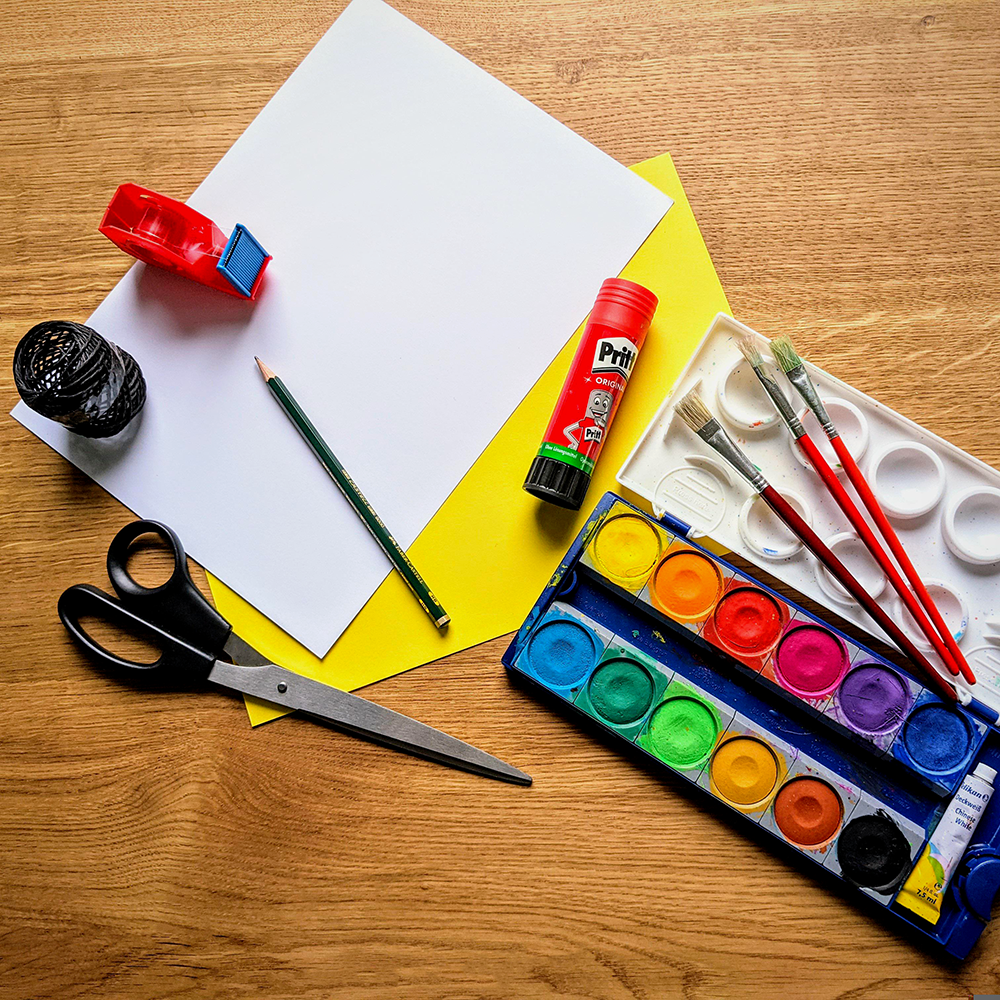
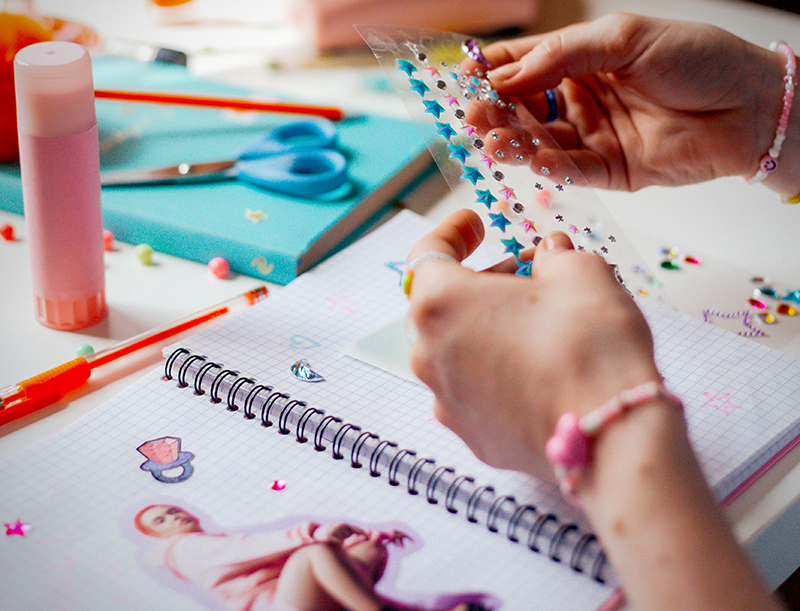
Want to learn even more about types of glue? Check out Karen Kavett DIY's video!
Need some new glue?
Check out some of our other articles:

